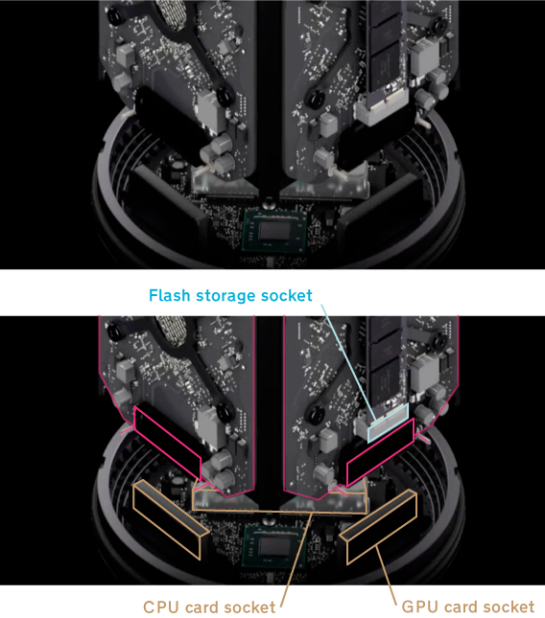Three or four times a year Apple has press events that are designed to get media coverage all over the world. Although they cost up to a few hundred thousand dollars to organise, they get millions of dollars of PR all over the world.
For those of holding our breath waiting for MacBook Pro, Mac Pro and Final Cut Pro X announcements, perhaps we can reverse engineer what Apple might announce tomorrow based on what kind of coverage they want.
News articles, TV and radio reports have a limited amount of space to cover everything that Apple announce. The headline will refer to an update of the product or service known by the largest audience. The first paragraph will expand on the headline, explain the context (“Tim Cook on stage in San Francisco…”) and then go on to expand on other announcements.
Here’s a list of what hasn’t been updated recently and could be mentioned tomorrow in order of public interest:
- New iPads
- New free iOS productivity apps for home and work
- New cross-platform HTML5-based iWork subscription service
- New Mac OS X Mavericks – including integration with iOS and Apple TV
- Update to OS X productivity apps
- New MacBook Pro – with TouchID button
- New 4K/UHD display – with TouchID button
- New Mac Pro
If most of those items are announced, coverage of the new Mac Pro will be limited to a single sentence – or clause: “Apple also updated the portable MacBook Pro and Mac Pro computers. The Mac Pro will be the first Mac that will be assembled in the US for 10 years.”
Although the contribution of Mac Pros and professional software to Apple’s bottom line will struggle to reach single percentage digits, Apple would not have developed the new Mac Pro unless it fitted into an ongoing strategy.
In March, before this year’s Mac Pro preview at Apple’s developer conference in May, John Siracusa wrote that a powerful new Mac Pro model works like a ‘Halo Car’ – a “model that lends prestige or attractiveness to the brands and other models of its manufacturer“:
It’s a chance for Apple to make the fastest, most powerful computer it can, besting its own past efforts and the efforts of its competitors, year after year. This is Apple’s space program, its moonshot. It’s a venue for new technologies to be explored.
The associated prestige that would be lent to other computers in the Mac range only is applied if the public hear about the ‘Halo Mac.’
What could Apple announce tomorrow that gives a hook for the world’s media to use when mentioning a new Mac?
A keynote slide with listing features and specifications won’t work. The public aren’t interested in Thunderbolt 2, fast GPUs or a new Haswell CPU from Intel. There’s a good chance that there’ll be a demo. What demo would be simple enough for the press to understand and interesting enough to mention in articles and news reports?
One strategy for being reporter- and reporting-friendly is to incorporate a famous person or a famous task. Here are three I’ve come up with – each would imply a different software story to go along with the Mac Pro hardware.
Famous task: “I’d like to welcome the editor of ‘Gone Girl,’ the next David Fincher feature film on stage who will show you how they are using the new Mac Pro in conjunction with a new version of Final Cut Pro X, our editing application. Here you can see then compositing multiple 6K clips of different takes in the same shot to make a perfect scene.”
Famous person and famous task: “I’d like to welcome Chris Martin of Coldplay who will show us how he worked with Logic Pro X on a Mac Pro to create their contribution to the new Hunger Games sequel soundtrack”
Famous person and famous task: “I’d like to bring on John Lasseter, the Chief Creative Officer of Pixar and Disney. He’s going to show you how the new Mac Pro works with custom Pixar software to render 4K frames from ‘Frozen,’ Disney’s next feature .”
How would you demo a new Mac Pro to the world’s media?









